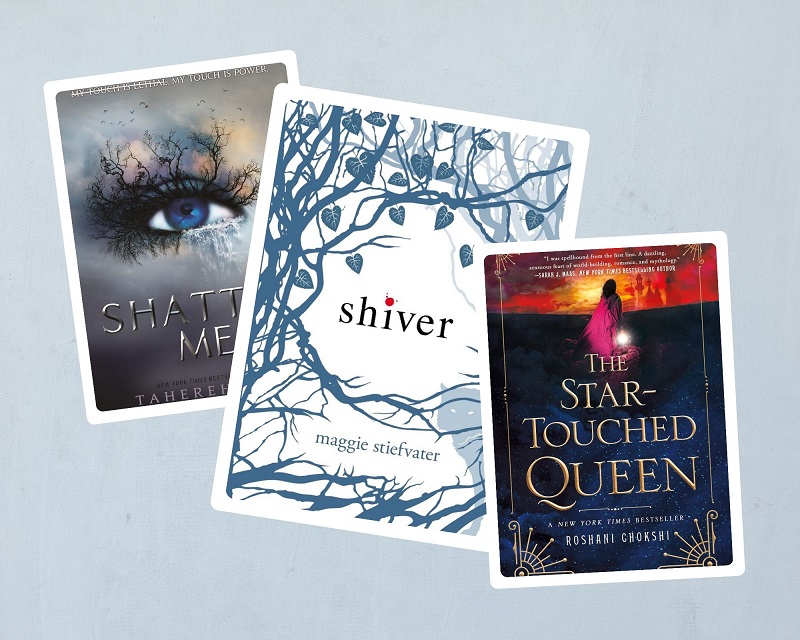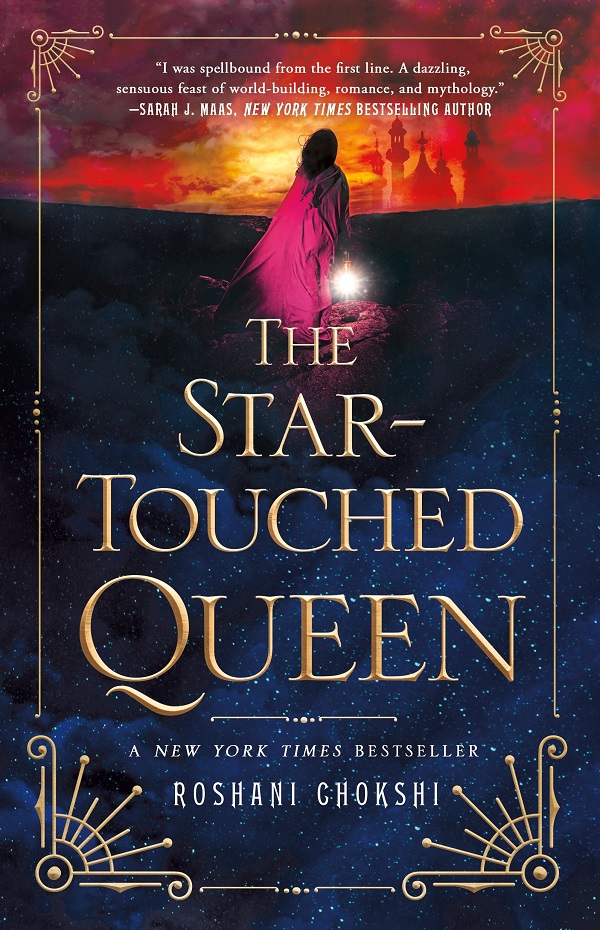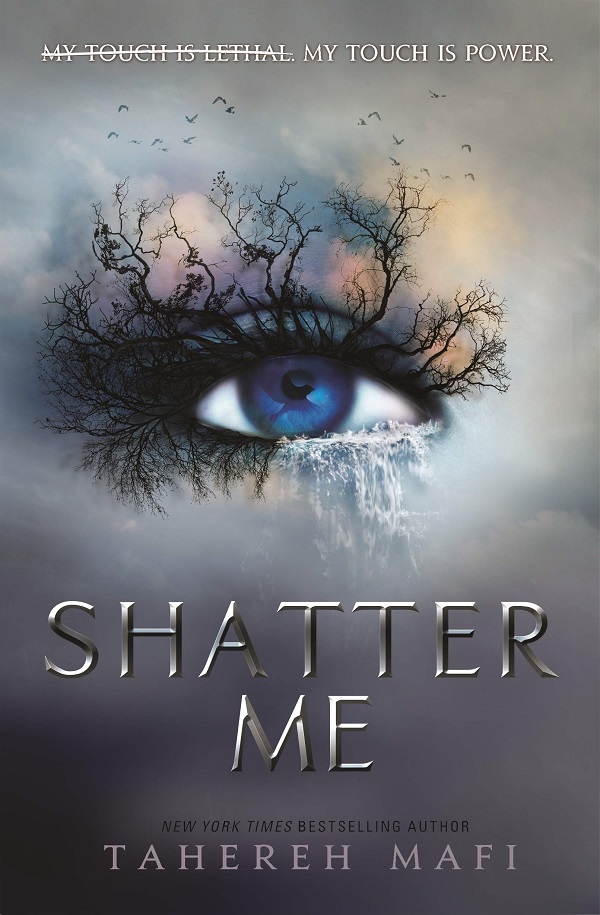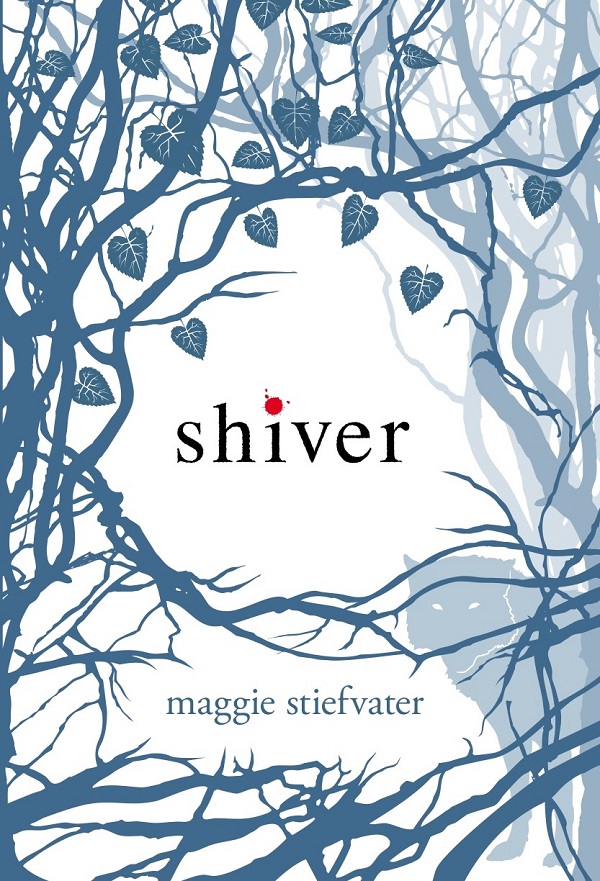He looked around his room, trying to find traces of her presence before it all melted into nothingness. The thick carpet on the floor was trodden down by her soft feet, always clad in heavy boots, even when in the confines of the house. The table’s top has experienced her warm hands more times than his own fingers, and if he could concentrate, he is optimistic he could still feel the lingering gentleness on the wooden furniture.
Several writers resort to writing like that instead of just getting straight to the point. Why? Because it seems beautiful to read, it paints a vivid picture in your mind and evokes the strongest of emotions. That’s precisely what purple prose entails. In purple prose, the language is ornate and flowery, which pulls your attention away from the story.
It is underlined by the excessive use of metaphors, adjectives, detailed descriptions and lengthy sentences. Most authors resort to purple prose to accentuate the character’s feelings, but it can be used for anything, including the descriptions of the scenes or the setting.
Why is it called purple prose?
You must be thinking, why purple? Why not blue or red? Actually, there is a reason to call it that. The term originated from a poem by Horace. Horace was a Roman poet who talked about purpureus pannus in his poem, Ars Poetica (The Art of Poetry), which is now an integral part of today’s literary criticism.
Weighty openings and grand declarations often
Have one or two purple patches tacked on, that gleam
Far and wide, when Diana’s grove and her altar,
The winding stream hastening through lovely fields,
Or the river Rhine, or the rainbow’s being described.
There’s no place for them here.
To summarize the passage, it says that great works always come with a few purple patches that aren’t really needed. Looking at this description, the purple prose seems simple enough to spot easily. But since whatever shines is not a diamond, every elaborate passage is not purple prose.
For prose to be considered purple, see if it adds anything substantial to the text. If it does, it’s simply an elaborate passage. But if not – or rather, detracts from the text – then it’s purple prose.
Why are writers told to avoid purple prose?
You may think adding purple patches to your novel is a good thing. And it is! But overusing it may lead your book to be removed from everyone’s favourite-books list. Why? Because –
- It can distract readers from the novel’s main point:
Even if your novel is a slow-burner, what the readers need is clarity in reading the plot. And they are not going to get it when the text is overtly flowery. Each sentence becomes harder to read if the book is filled with purple prose. Readers may find it exciting at first but may soon lose interest in it. No author wants that, don’t they? Ensure you only use such ornate if truly necessary or write something related to the plot. For example, it is unusual to add a romantic metaphor in a crime novel.
- Too many fancy words are ineffective:
You may want to sound cool or knowledgeable by using fancy words. But too many of those to make poetic but convoluted sentences may have the opposite of your desired effect. Your readers will have to sit with a thesaurus next to them just to make sense of what the paragraph means. To avoid that, use fancy words and metaphorical language sparingly. Purple prose must enhance the novel’s beauty, but only in moderation.
- It makes the text seem impersonal:
Your book should be able to evoke powerful feelings in your readers, i.e. it shouldn’t seem too impersonal or literary. However, purple prose is the ultimate way to sound more literary, which is the exact opposite of what a book is. The result? A patchy novel, alternating between personal and distant tones – and that can be jarring to read. Adding the purple patches in a relevant setting will help you tackle this problem. It’ll make the text seem to flow smoothly across the plot. For example, the flowery patches enhance a hopeless romantic’s monologue or a fantasy setting description.
But if you love reading Purple Prose…
The language of purple prose is flowery and metaphorical – something many people love to write or read. There’s nothing wrong with liking purple proses as a reader. Clearly, you are someone who wouldn’t need the thesaurus by your side while reading such texts.
Honestly, if written well, the purple prose increases the value of the text, making it look even more appealing. So, if you are on the lookout for good examples of books with purple prose, here are the top three selections.
- The Star-Touched Queen – Roshani Chokshi:
The Star-Touched Queen is a modern fairy tale, putting bits of Hades & Persephone in an Indian mythological setting. The first of the series by Roshani Chokshi, the book follows Maya, a princess with a cursed, deadly horoscope. Her father’s plan to get her married off goes awry when she chooses an unusual person, King Amar.
Maya’s married life starts with secrets, which she unravels slowly throughout the book. The narrative is full of intricate descriptions laced with the beauty of Sanskrit poetry. However, even if the writing style seems fascinating, its overuse may throw off readers who don’t like books with so many purple patches.
Neither the secret whirring song of the stars nor the sonorous canticles of the earth knew the language that sprang up in the space between us. It was a dialect of heartbeats, strung together with the lilt of long suffering and the incandescent hope of an infinite future.
It snuck under my tongue like a bright candy, and voices — loud and soft, whispers and howls, of passion so grand that it tottered on the edge of mythic and sorrows so plangent they trailed their own shadows.
- Shatter Me – Tahereh Mafi:
Shatter Me is the first book of the young adult Shatter Me series by Tahereh Mafi. It follows the journey of Juliette, who is born with a touch that can kill or at least paralyze others. She is put in an asylum where she meets Adam Kent, her mysterious cellmate. The story is all about their blooming love amidst their escape from the asylum – and rebelling against the Reestablishment, the global (and dangerous) government of her world.
There are uncountable purple passages throughout the book. Some of them are beautifully written; sometimes, they seem too tedious. Nevertheless, it’s charming to read – but literally imagining those does not make a pretty picture in your head.
I always wonder about raindrops. I wonder about how they’re always falling down, tripping over their own feet, breaking their legs and forgetting their parachutes as they tumble right out of the sky toward an uncertain end.
These words are vomit. This shaky pen is my esophagus. This sheet of paper is my porcelain bowl.
- Shiver – Maggi Stiefvater:
Maggi Stiefvater in Shiver, the first novel of her series The Wolves of Mercy Falls, gives a new twist to the werewolf lore! The protagonist, Grace, was a kid when she was attacked by a pack of werewolves. However, one of the wolves saves her from his own pack – and since then, she has been obsessed with this yellow-eyed beast, not knowing he is half-human. She puts her entire energy into finding her saviour, knowing he’s the one.
This romance novel contains pretentious poetry, unusual song lyrics and purple patches. If you love writing like that, you’ll definitely love this book and the rest of the series. If not, you can just skip this one.
I surfed for photos of circus freaks and synonyms for the word intercourse and for answers to why staring at the stars in the evening tore my heart with longing.
I was a leaking womb bulging with the promise of conscious thoughts: the frozen woods far behind me, the girl on the tire swing, the sound of fingers on metal strings… A shattered spider’s web of many colours, cracked in ice, immeasurably sad.
There is no right or wrong way to write purple prose. You can think of the best poetic descriptions – and they may still come across as purple for some readers. But if you want to add something to beautify your novel, make sure your purple passages are written in your own voice, related to the narrative, and appear only sparsely!




